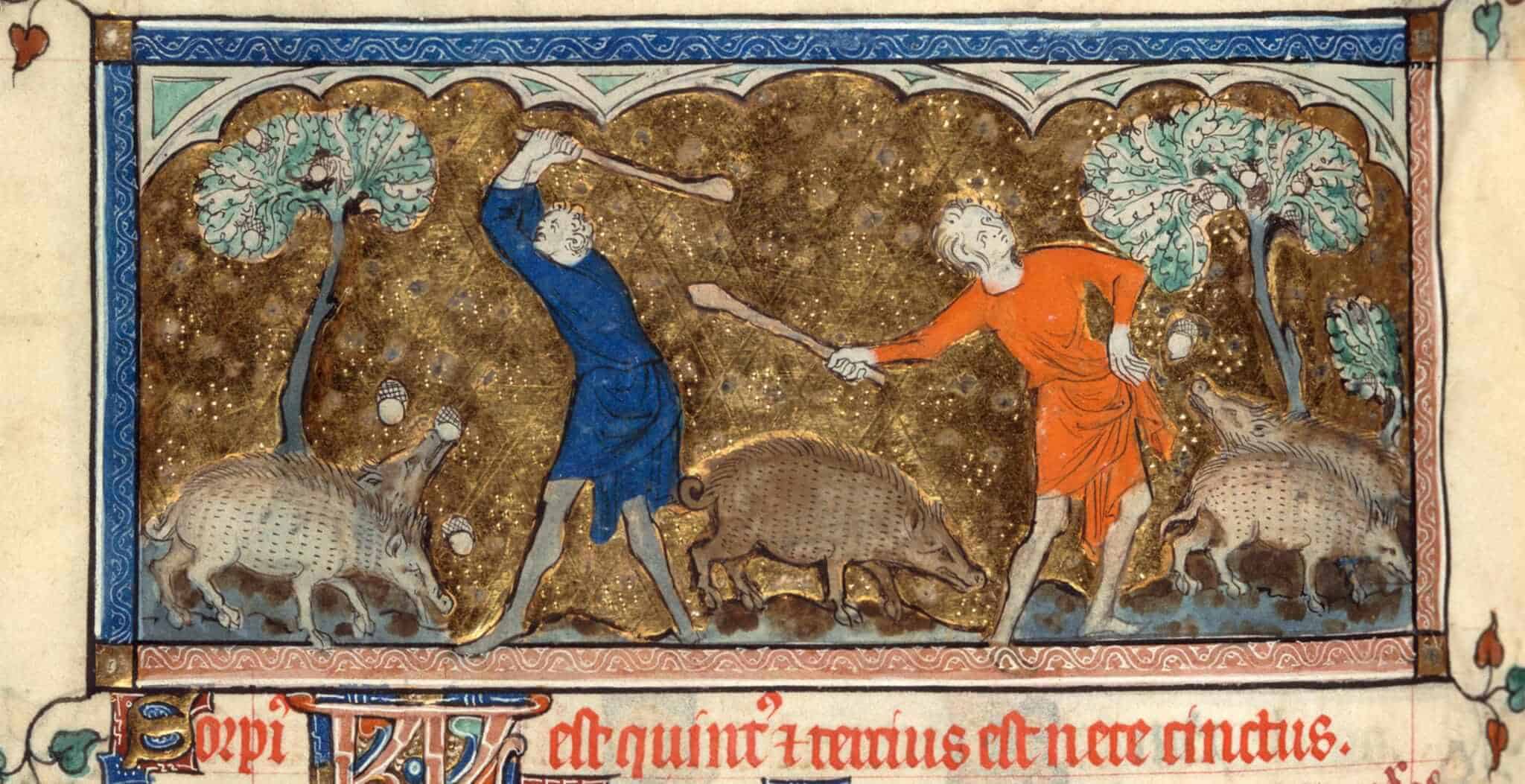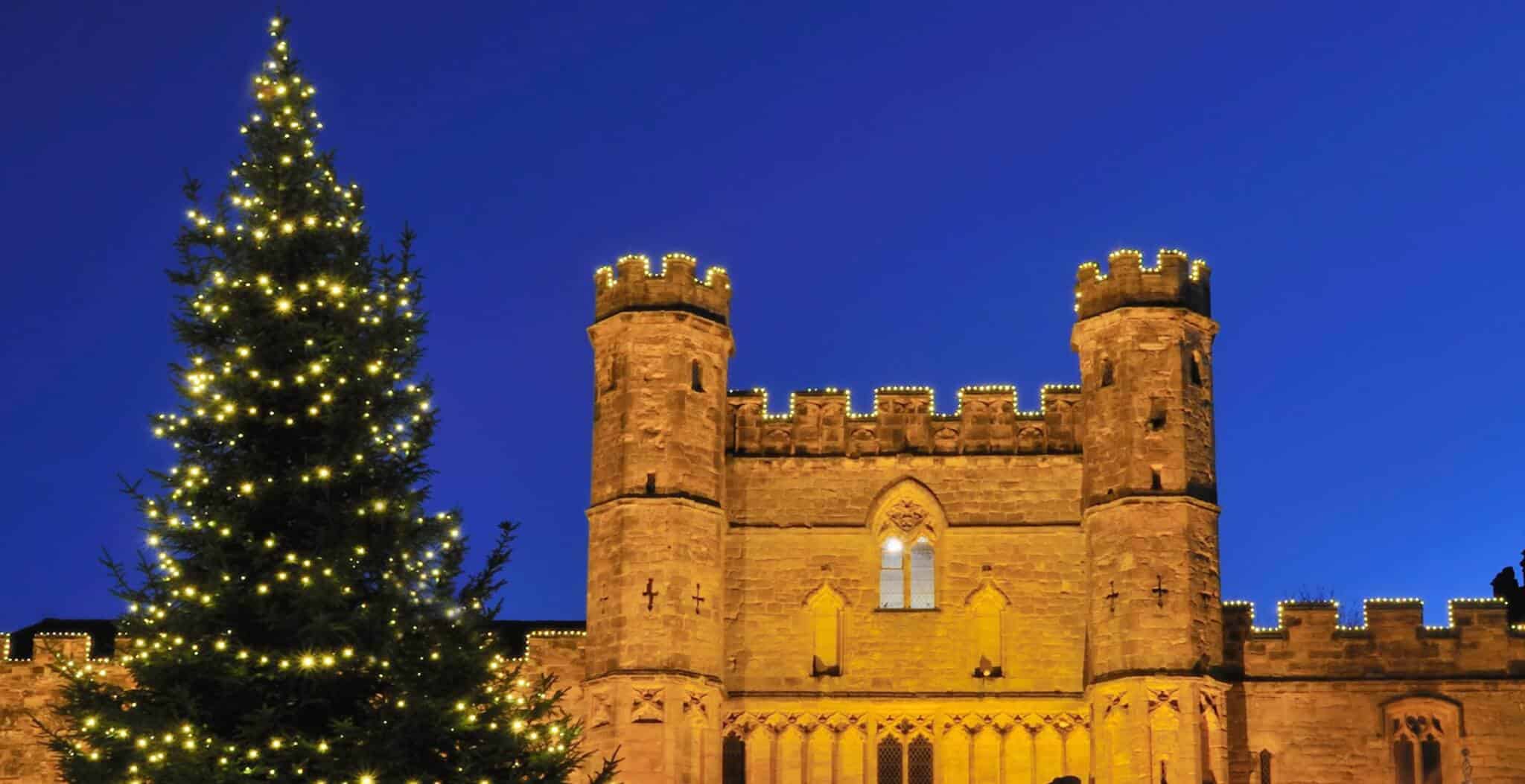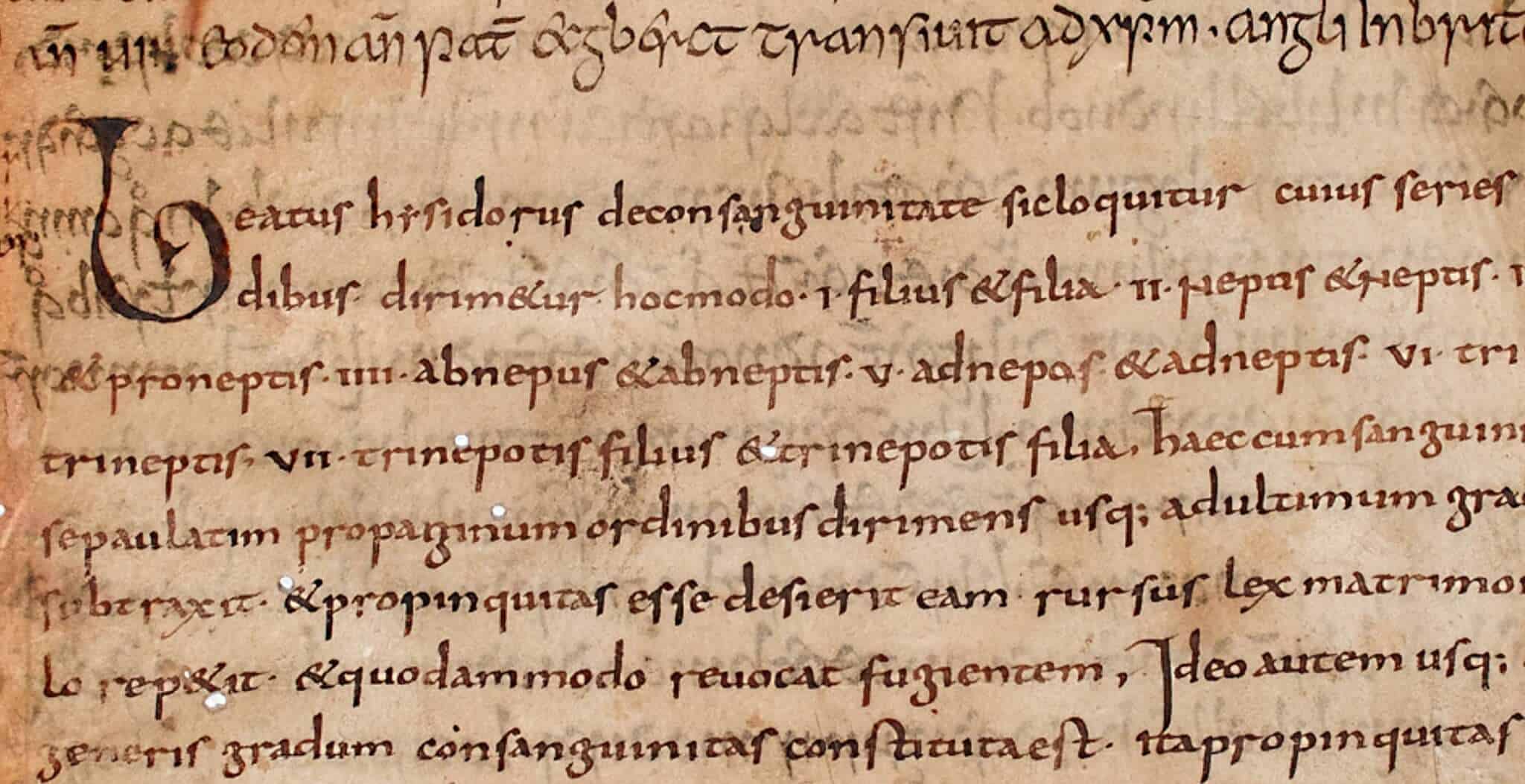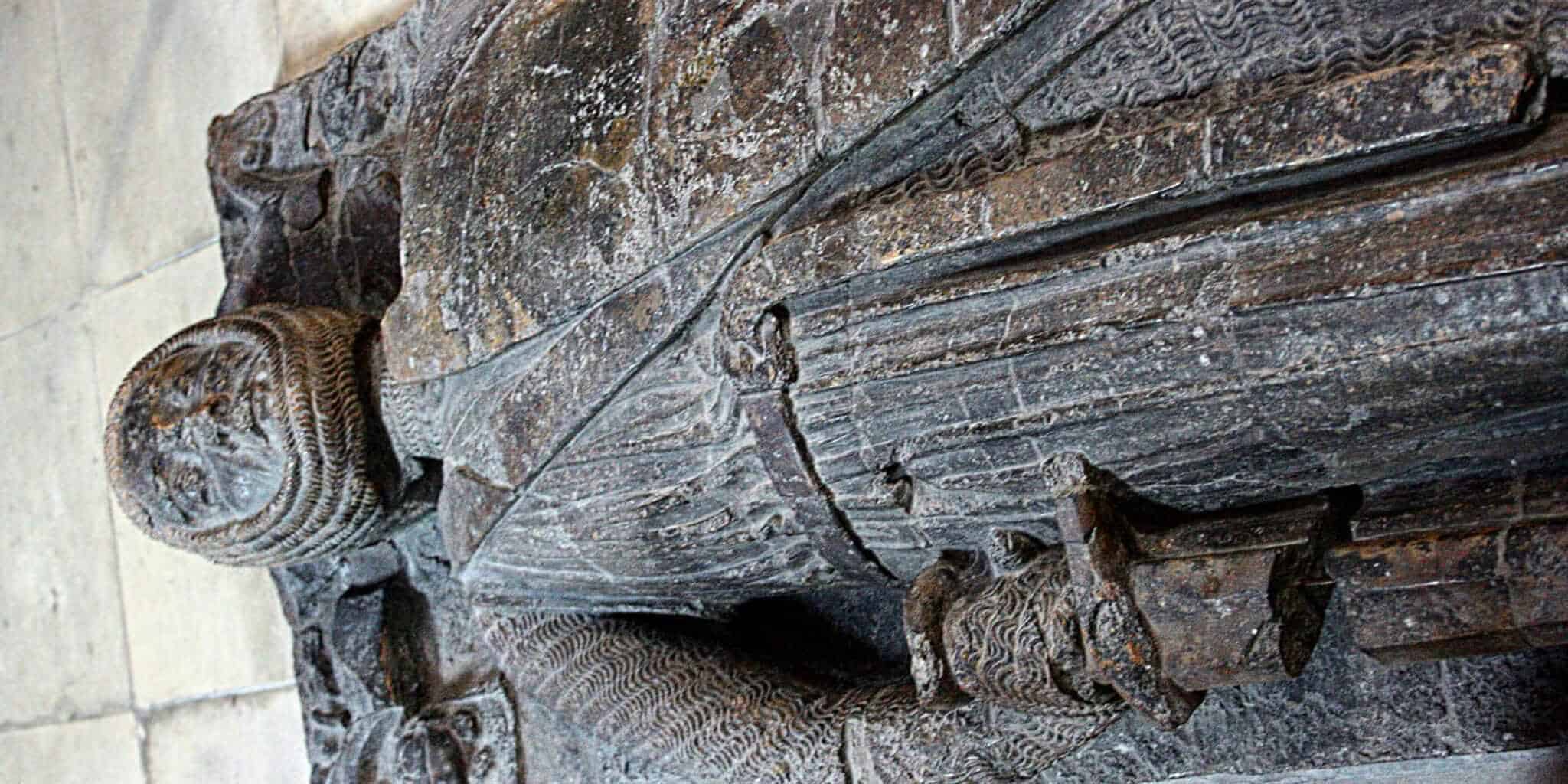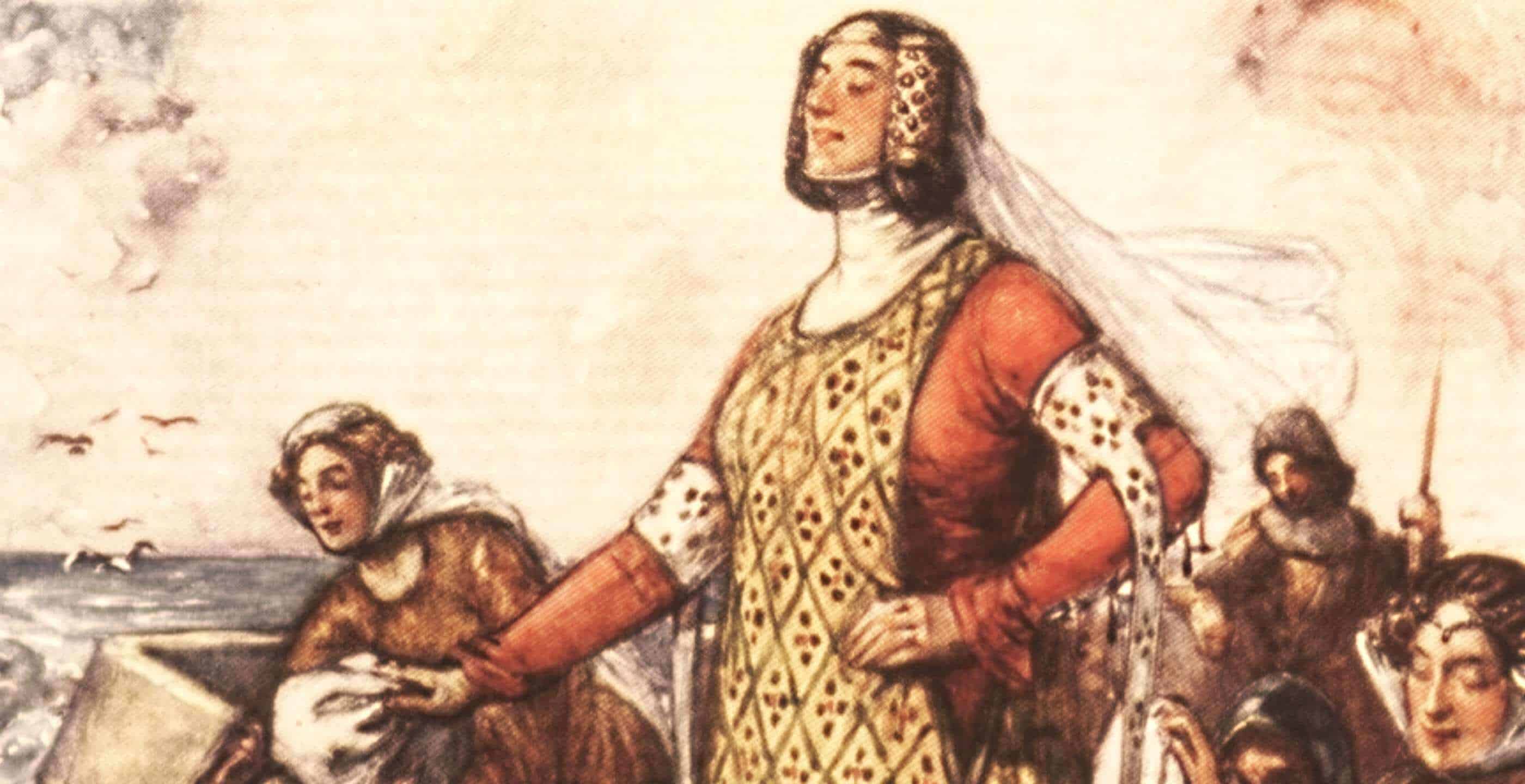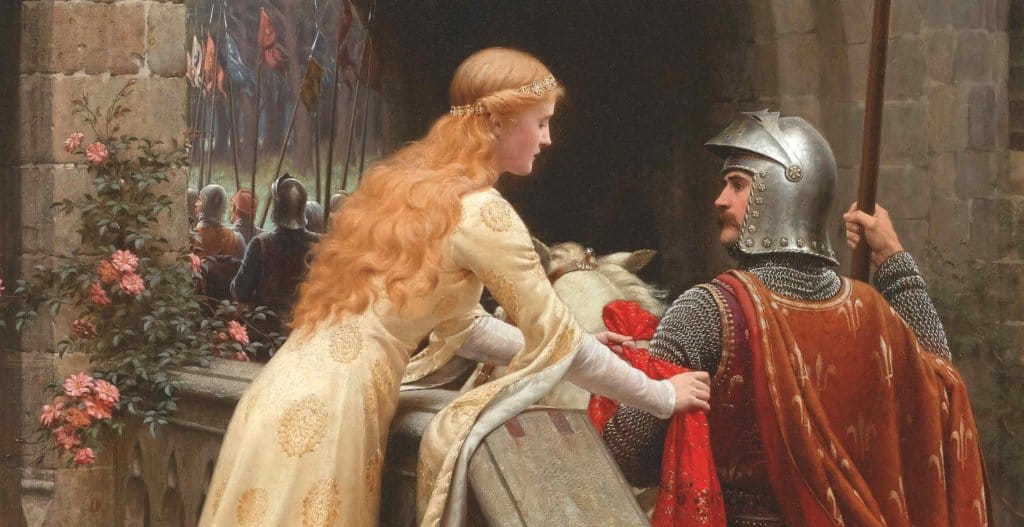A psalter is a collection of religious texts, including psalms, prayers and a calendar of Church feast-days, written in Latin on vellum or parchment.
What makes the Luttrell Psalter unique is that it is richly illustrated with depictions of everyday life in rural England in the first half of the 14th century. Acquired by the British Museum in 1929, it is considered one of the British Library’s greatest treasures.
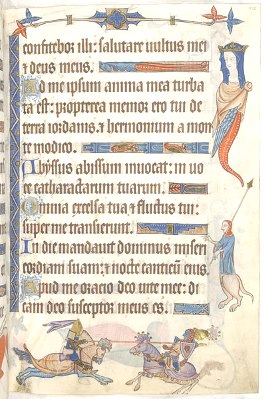
The Luttrell Psalter was commissioned by Sir Geoffrey Luttrell, Lord of the Manor of Irnham in Lincolnshire, and was created between 1320 and 1345 by one scribe and a number of unknown artists.
So why did Sir Geoffrey commission the work? A psalter is a devotional book, usually for personal use, but this one is so beautifully decorated it was clearly meant to be seen and admired by others. It was a display of Luttrell’s wealth, illustrated with depictions of idyllic everyday life on his rural estate.
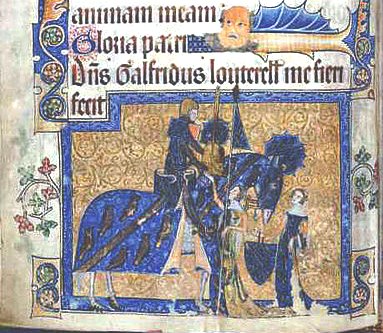
The psalter contains a portrait of Luttrell, fully armed and mounted on a war-horse, attended by his wife and daughter-in-law. The words ‘Dominus Galfridus Louterell me fieri fecit’ (“Lord Geoffrey Luttrell caused me to be made”) appears above the portrait to remind the reader who commissioned the work.
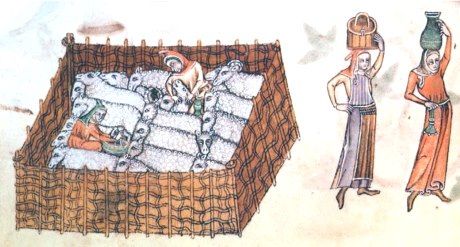
The psalter’s lively and often humorous images provide a running documentary of work and play during a year on Sir Geoffrey’s estate. As well as servants preparing food and scenes of farming, the margins of the psalter also show images of medieval medicine, archery, dancing, bear baiting, wrestling, game playing, hawkers and beggars – and even a wife beating her husband!
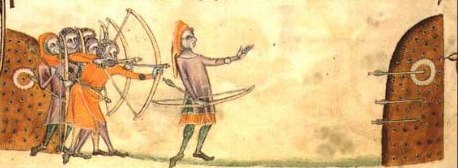
The lively, vibrant and sometimes humorous illustrations also include, rather bizarrely, a number of ‘grotesques’, curious figures combining animal and human parts.
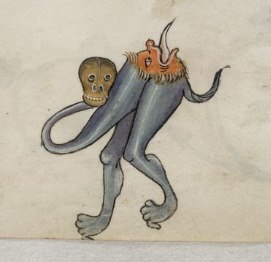
The psalter has been used extensively for research into the clothing, habits and way of life for medieval peasantry as well as nobility. However some scholars today are more inclined to see the Psalter’s scenes as idealised versions of reality, designed to please Sir Geoffrey rather than his workers.
The Psalter was acquired by the British Museum in 1929 for £31,500. It is currently in the collection of the British Library in London.
